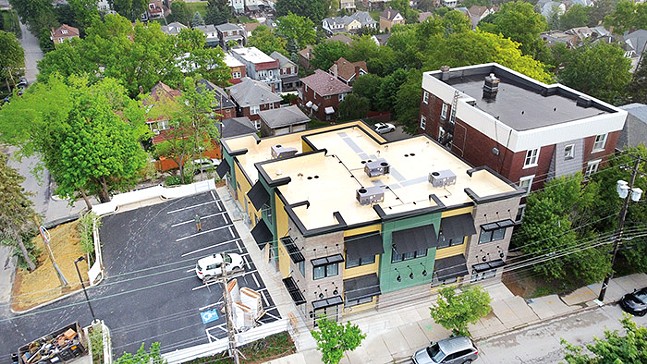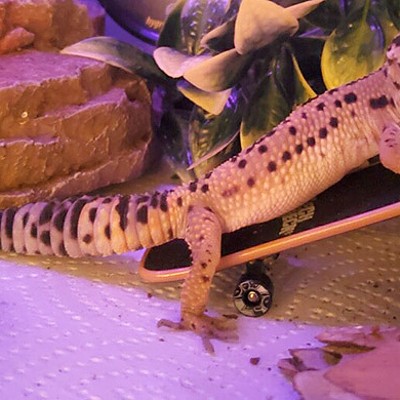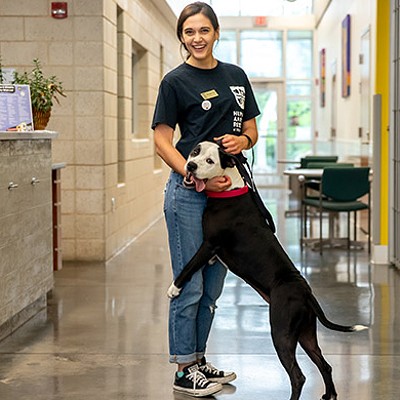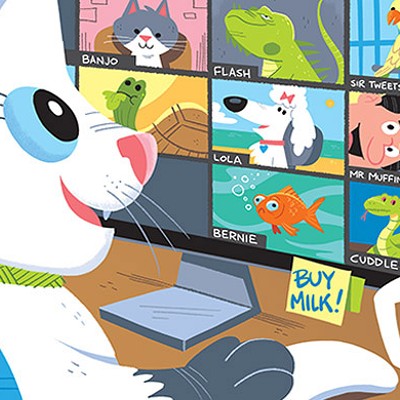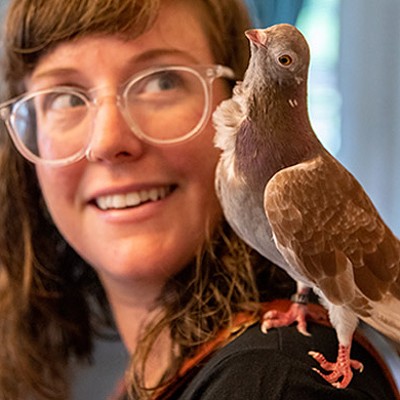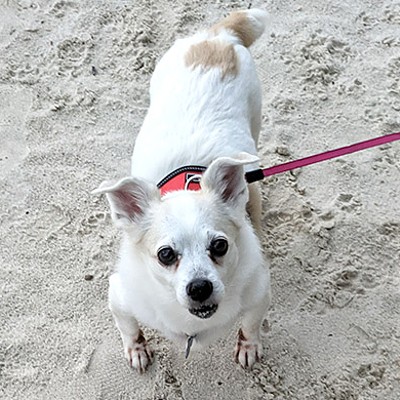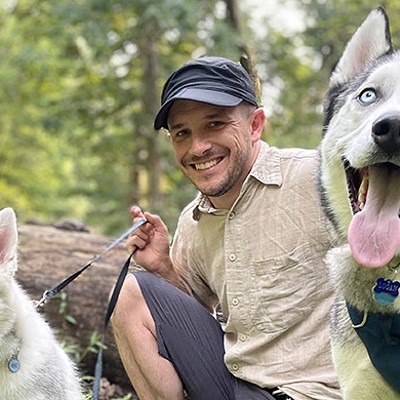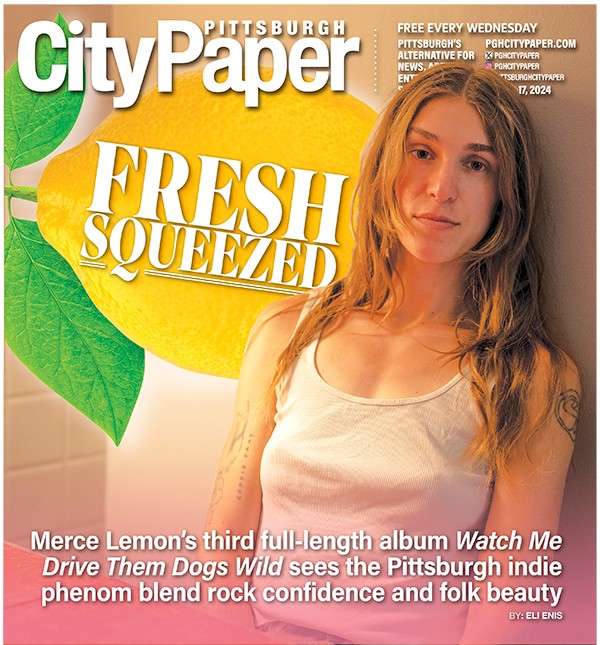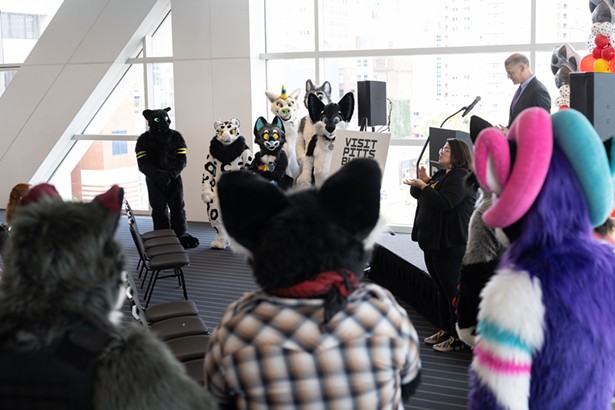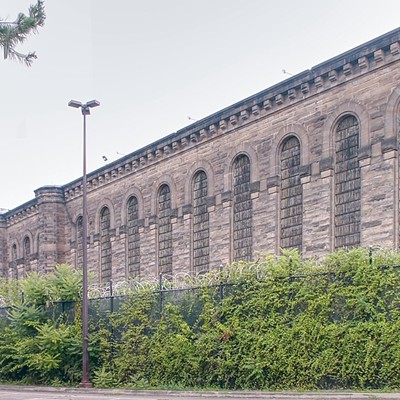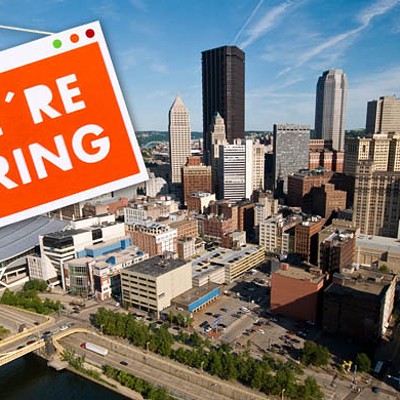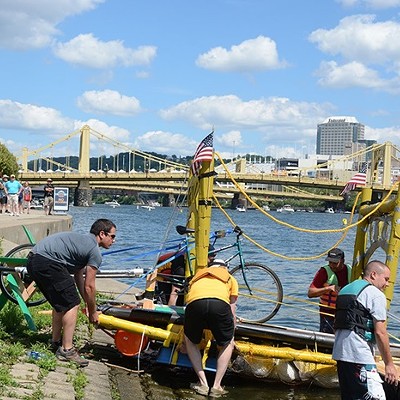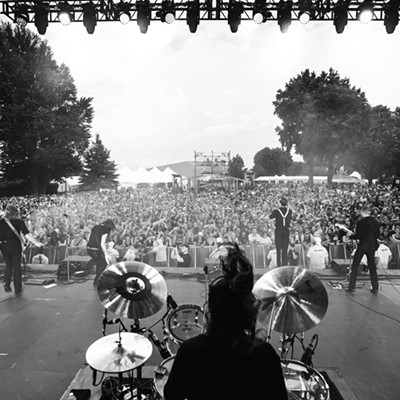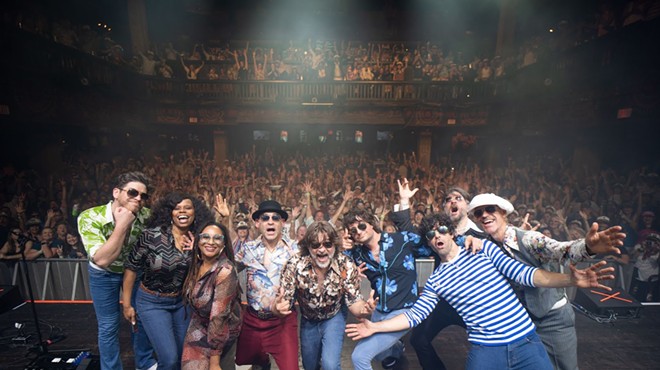Increased demand for pandemic pets created increased demand for pandemic vets
[
{
"name": "Local Action Unit",
"component": "24929589",
"insertPoint": "3",
"requiredCountToDisplay": "1"
}
]
Demand for pets shot up during the pandemic as many people found themselves at home with more time and fewer activities. But with new furry, scaly, and feathered friends in people’s homes, veterinarians were hit with increased demand for services, all while trying to navigate shifting CDC safety guidelines over the course of the last year and a half.
At Greenfield Veterinary Hospital, Dr. Sean Winnie and his staff shifted to curbside service in March 2020. Since then, they’ve adjusted technologically and logistically to keep up with spiking demand while trying to prioritize the safety and emotions of the animals, pet owners, and staff of the neighborhood clinic.
“[My staff] are pet owners themselves and have, in some cases, I suspect, even possibly more compassion for the owners’ position, sitting out there in the car wondering what is going on inside that locked building, than the owners sitting in that car might have suspected,” Dr. Winnie says. “I could not have gotten through the pandemic as an operation without them.”
The hospital underwent many changes in its operations, starting with curbside service, which required purchasing a mobile payment service and increasing the number of phone lines to keep up with “somewhere between 75 and 125 phone calls a day.”
Taking into account Pittsburgh’s weather, they transformed the waiting room into a changing room to keep the staff clean and dry. They purchased a cover that clients could stand under during rain or snow, and provided water to waiting pets and humans during hotter summer months.
The most challenging part, however, was navigating euthanasias in a time when there were limits on how many people could gather. During warmer months and better weather, hospital staff performed euthanasias on gurneys outside behind the hospital, and during inclement weather, they invited no more than five people into their large basement room, which was usually used for X-rays.
“It was heartbreaking to see families go through that change and to not be able to meet our ideals in terms of how we like to see that happen under normal circumstances,” Dr. Winnie says.
Parking also became a challenge with curbside service, which often required staff members to walk farther and farther distances to pick up animals and bring them inside. The increased demand for services also led to increased wait times, jumping from a two-to-five-day wait time for a routine appointment to up to two-to-three months.
With an increased demand for appointments also came an increased need for staff, which was compounded by two staff members taking maternity leave during the pandemic. Some veterinary hospitals chose to pause taking new clients, but Greenfield Veterinary Hospital continued to do so. They tried to squeeze clients in and allowed day observations, where people could drop off their pets for several hours so doctors could look at them between other appointments. At times, they had to refer people to urgent care-oriented practices.
While Dr. Winnie says most clients remained understanding during the difficulties of the pandemic, “there was a simultaneous decrease in tolerance,” especially concerning wait times, which Dr. Winnie attributes to a culture of instant gratification from apps such as DoorDash and Uber Eats. Staff also faced brusqueness from clients over safety measures put into place, as well as small mistakes that slipped through due to longer, more stressful work weeks.
“I've seen nurses get burned out over this pandemic. I've seen personalities breakdown in bad days. I personally overheard and witnessed my staff being dressed down by clients over the littlest of slights,” says Dr. Winnie, who notes that the staff remained sympathetic to what pet owners were going through and doted on the pets brought to them.
Still, the negative interactions took a mental and emotional toll. One of the Greenfield Veterinary Hospital nurses left the field due to self-described burnout and no longer liking the work environment.
“That was heartbreaking to see. You know, there's support, there's a hazard pay, there's a personal reaching out, there's being available with an open door policy … Yet, there's only so much we can do to help people go through that,” Dr. Winnie says.
As the pandemic stretches on, the hospital has seen a slight slowdown in demand. It also moved locations to a newer building at 701 Hazelwood Ave. — still in Greenfield, so they don’t have to change their name. While CDC guidelines have relaxed, particularly for those who are vaccinated, the hospital still offers curbside service and adheres to safety guidelines.
“We were doing that to try and stay ahead of the guidelines, because there was some belief in our staff — and I share this belief — that the CDC jumped the gun a little bit in going right to an honor system for a population, a significant percentage of which doesn't honorably believe in science,” says Dr. Winnie.
Moving forward, Dr. Winnie says he feels better equipped to handle another emergency like COVID, although he hopes that will not have to be the case.
“It's my favorite thing, to walk into an appointment with another pet owner, and to say, 'I'm glad to see you in person and to do this the right way. Let's hope this continues,’” Dr. Winnie says.
Greenfield Veterinary Hospital greenfieldvethospital.net
At Greenfield Veterinary Hospital, Dr. Sean Winnie and his staff shifted to curbside service in March 2020. Since then, they’ve adjusted technologically and logistically to keep up with spiking demand while trying to prioritize the safety and emotions of the animals, pet owners, and staff of the neighborhood clinic.
“[My staff] are pet owners themselves and have, in some cases, I suspect, even possibly more compassion for the owners’ position, sitting out there in the car wondering what is going on inside that locked building, than the owners sitting in that car might have suspected,” Dr. Winnie says. “I could not have gotten through the pandemic as an operation without them.”
The hospital underwent many changes in its operations, starting with curbside service, which required purchasing a mobile payment service and increasing the number of phone lines to keep up with “somewhere between 75 and 125 phone calls a day.”
Taking into account Pittsburgh’s weather, they transformed the waiting room into a changing room to keep the staff clean and dry. They purchased a cover that clients could stand under during rain or snow, and provided water to waiting pets and humans during hotter summer months.
The most challenging part, however, was navigating euthanasias in a time when there were limits on how many people could gather. During warmer months and better weather, hospital staff performed euthanasias on gurneys outside behind the hospital, and during inclement weather, they invited no more than five people into their large basement room, which was usually used for X-rays.
“It was heartbreaking to see families go through that change and to not be able to meet our ideals in terms of how we like to see that happen under normal circumstances,” Dr. Winnie says.
Parking also became a challenge with curbside service, which often required staff members to walk farther and farther distances to pick up animals and bring them inside. The increased demand for services also led to increased wait times, jumping from a two-to-five-day wait time for a routine appointment to up to two-to-three months.
With an increased demand for appointments also came an increased need for staff, which was compounded by two staff members taking maternity leave during the pandemic. Some veterinary hospitals chose to pause taking new clients, but Greenfield Veterinary Hospital continued to do so. They tried to squeeze clients in and allowed day observations, where people could drop off their pets for several hours so doctors could look at them between other appointments. At times, they had to refer people to urgent care-oriented practices.
While Dr. Winnie says most clients remained understanding during the difficulties of the pandemic, “there was a simultaneous decrease in tolerance,” especially concerning wait times, which Dr. Winnie attributes to a culture of instant gratification from apps such as DoorDash and Uber Eats. Staff also faced brusqueness from clients over safety measures put into place, as well as small mistakes that slipped through due to longer, more stressful work weeks.
“I've seen nurses get burned out over this pandemic. I've seen personalities breakdown in bad days. I personally overheard and witnessed my staff being dressed down by clients over the littlest of slights,” says Dr. Winnie, who notes that the staff remained sympathetic to what pet owners were going through and doted on the pets brought to them.
Still, the negative interactions took a mental and emotional toll. One of the Greenfield Veterinary Hospital nurses left the field due to self-described burnout and no longer liking the work environment.
“That was heartbreaking to see. You know, there's support, there's a hazard pay, there's a personal reaching out, there's being available with an open door policy … Yet, there's only so much we can do to help people go through that,” Dr. Winnie says.
As the pandemic stretches on, the hospital has seen a slight slowdown in demand. It also moved locations to a newer building at 701 Hazelwood Ave. — still in Greenfield, so they don’t have to change their name. While CDC guidelines have relaxed, particularly for those who are vaccinated, the hospital still offers curbside service and adheres to safety guidelines.
“We were doing that to try and stay ahead of the guidelines, because there was some belief in our staff — and I share this belief — that the CDC jumped the gun a little bit in going right to an honor system for a population, a significant percentage of which doesn't honorably believe in science,” says Dr. Winnie.
Moving forward, Dr. Winnie says he feels better equipped to handle another emergency like COVID, although he hopes that will not have to be the case.
“It's my favorite thing, to walk into an appointment with another pet owner, and to say, 'I'm glad to see you in person and to do this the right way. Let's hope this continues,’” Dr. Winnie says.
Greenfield Veterinary Hospital greenfieldvethospital.net


